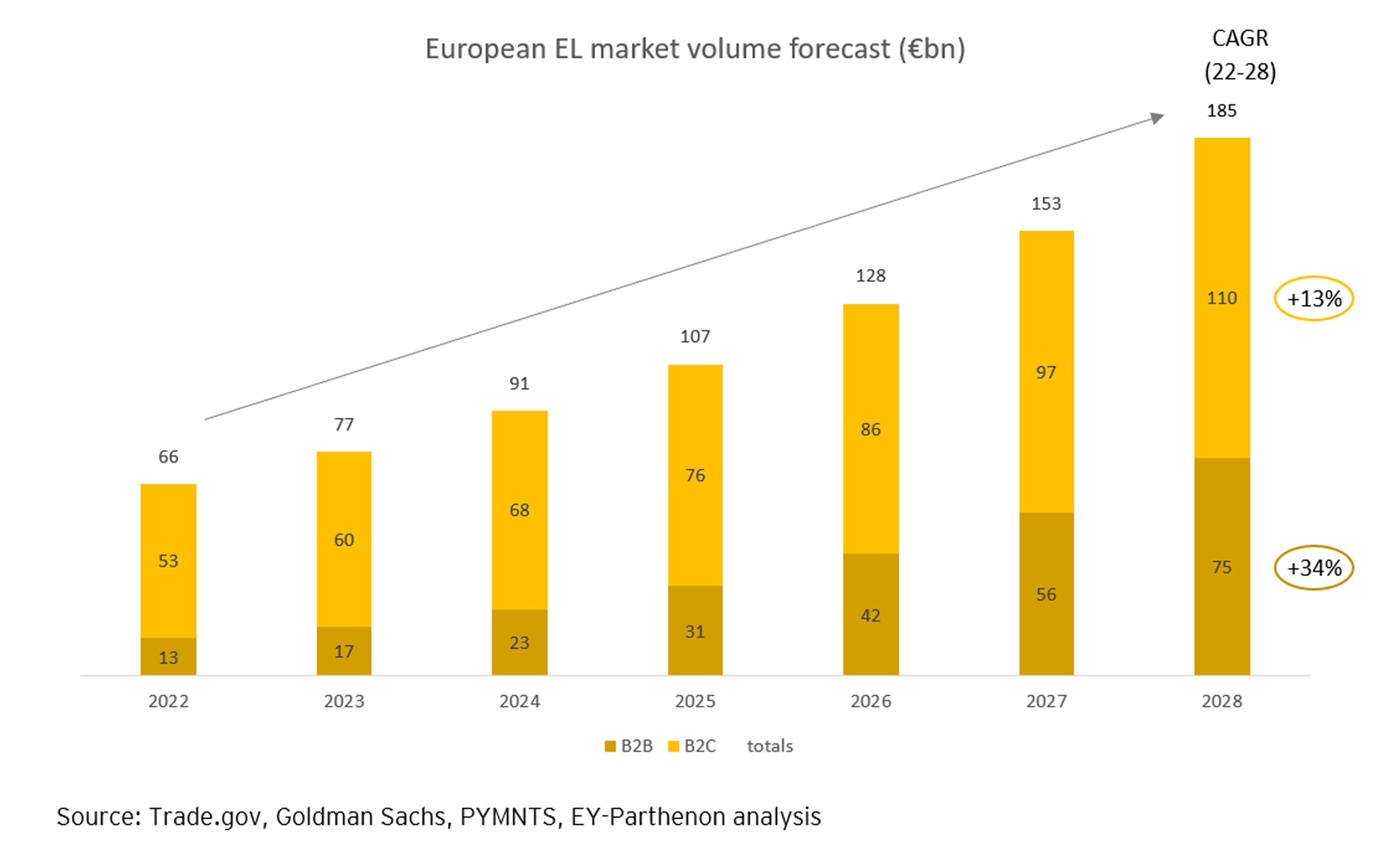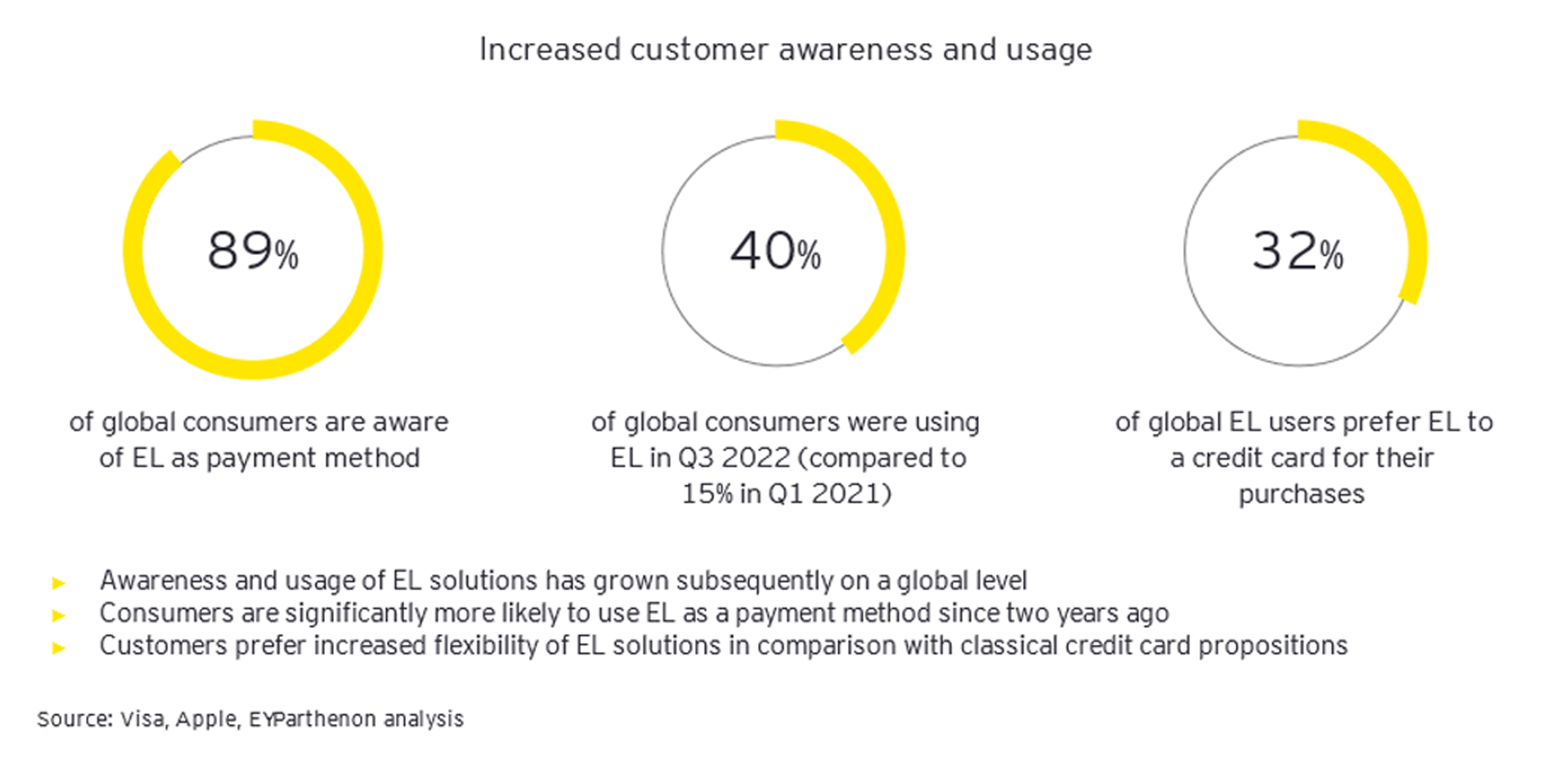2. The role of artificial intelligence
In recent years, and even more rapidly since the launch of ChatGPT in 2022, AI and GenAI have emerged as a game-changers in various industries, and lending is no exception. Key lending activities involve assessing borrowers’ creditworthiness, loan origination, and managing repayment and default risks. AI can help lenders in several ways.
In the area of risk assessment, AI can help analyze large data volumes to predict the probability of repayment. This contributes to more informed lending decision-making, a reduction in the risk of default and an increased efficiency of lending processes.
In credit scoring, AI can play an important role by analyzing credit data to quickly assess creditworthiness, determine appropriate credit limits, and set lending rates based on clients’ risk profiles. This can reduce the time and resources required for manual underwriting, allowing lenders to process more applications within shorter time frames. AI enhances borrower assessment by including multiple sources such as transaction history, alternative financial data, and social media (through large language models). Business plans can even be fed into these systems to allow for more informed decision making in small business loans, as well as provide transparent argumentation when denying a loan application.
AI can help improve customer experience by evaluating a borrower's past spending behavior and credit history, to provide customized offers that are best suited to the client’s personal needs via for example digital assistants. Customers demand a seamless, end-to-end, consistent lending experience that delivers fast decisions and immediate availability of funds. AI can increase customer satisfaction and retention, as well as attract new customers and segments by for example proactively identifying cross- or up-sell opportunities in the client portfolio.
AI systems play a crucial role in supporting innovation and fostering inclusion by introducing new and alternative lending products and channels. Examples include peer-to-peer lending, crowdfunding, and instant lending where AI can improve identification of counterparty risks. This can expand credit access and affordability, especially for underserved and unbanked populations. Additionally, such use of AI can foster financial literacy and education.
Finally, AI systems can be used to monitor and detect fraud, as well as to comply with regulatory and ethical requirements, such as the AI Act. This can enhance the security and trustworthiness of lending, while minimizing the legal and reputational risks.
For banks to fully leverage the benefits of AI in lending, they need flexible, open, real-time, and easily integrated solutions that facilitate the use of external data sources to streamline front, middle and back-office activities. Banks should explore different setups such as a multicloud infrastructure and allow scaling for maximum experimentation possibilities, while also improving their data assets.
It is imperative to employ AI systems that are not only accurate but also explainable to the end user, and able to prevent biases and discrimination in credit decision-making. This approach ensures accountability and responsibility on the part of AI providers and users. To protect the rights and interests of customers, employees, and society, it is crucial to uphold fair and ethical AI systems that respect EU and country-specific values and norms. Lastly, maintaining agility is essential to navigate the rapidly changing environment and capitalize on the opportunities while addressing the threats presented by AI technology.
Reaping the benefits of Embedded Lending and AI
As we navigate through the dynamic landscape of Belgium's lending sector, it appears clearly that change is not just inevitable: it comes with unbelievable potential. The industry is witnessing a transformative wave driven by evolving customer dynamics and the regulatory landscape, offering both challenges and unparalleled opportunities.
Embedded Lending and AI stand out as the vanguards of this transformation, propelling the sector into a new era of efficiency and customer-centricity.
The doors to innovation and strategic growth are wide open. Integrating embedded lending seamlessly into your services, harnessing the power of AI for more informed lending decisions… EY, with extensive experience in both Lending and AI, has the necessary expertise to become your trusted partner in navigating the changing landscape to reap the opportunities ahead.




